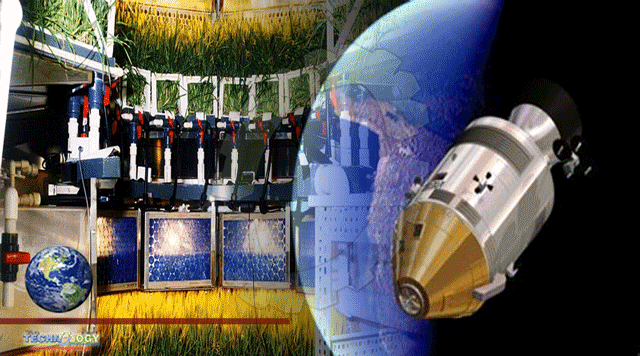On Monday, NASA published its book-length Spinoff 2022 report highlighting the ventilator among scores of examples of technologies—from environmental sensors to new materials to collaborative robots—that the agency’s scientists and engineers played a role in developing and sharing.

In March 2020, just as the Covid-19 pandemic began to sweep into the US, it dawned on a group of engineers chatting in the cafeteria of NASA’s Jet Propulsion Laboratory how devastating the respiratory disease would become. They knew that more—and better ventilators—would help. Within a couple of weeks, they had cobbled together a ventilator they called VITAL, which is easy to assemble and made with fewer than 100 parts, all of which are widely available from supply chains.
By the end of April, the US Food and Drug Administration had given VITAL an Emergency Use Authorization. Since then, more than 100 manufacturers in the commercial medical industry have applied for a free license to build their own version. Now these ventilators are being used around the world, including extensively in India and Brazil.
On Monday, NASA published its book-length Spinoff 2022 report highlighting the ventilator among scores of examples of technologies—from environmental sensors to new materials to collaborative robots—that the agency’s scientists and engineers played a role in developing and sharing. Sharing is built into the agency’s DNA: The National Aeronautics and Space Act of 1958, which created NASA, mandates that the agency disseminate the technologies it develops within the commercial sector and state and local governments.
Dan Lockney, NASA’s Technology Transfer Program executive, paraphrases the law like this: “Don’t just blast all this technology and science into space. Make sure it comes back down to Earth in the form of practical terrestrial benefits.” Today NASA holds more than 1,200 patents, which companies can apply for licenses to use; the main requirement is that there’s a viable path to commercialization, Lockney says. The licenses are free for startups, with a nominal fee for established companies. The agency has identified more than 2,000 spinoff since 1976. “NASA gets asked to do things that have never been done before, and in the process we inevitably invent things that have never existed before,” says Lockney.
For decades, NASA has worked with commercial partners to put together the pieces for every mission, which include not just rockets and spacecraft but also spacesuits, space food, equipment, software, and technologies developed to monitor and protect astronauts’ health. After declaring “mission accomplished,” leaders of those private companies sometimes want to use the tech they helped create for other purposes. Outside companies or startups also have new ideas for how to use a NASA invention. And NASA personnel can make their own contributions, like the VITAL ventilators.
Take the problem of moon dust. The fine lunar particles can be a real nuisance for astronauts, worse than beach sand. “You have to take into account the dust and dirt on the moon, which can be very damaging to equipment and human health. It’s very sharp, it can be chemically poisonous to humans, and it’s electrostatic, so it clings to everything,” says Julian Cyrus, chief operating officer of the Denver, Colorado-based Lunar Outpost.
Source: Swift Headline
